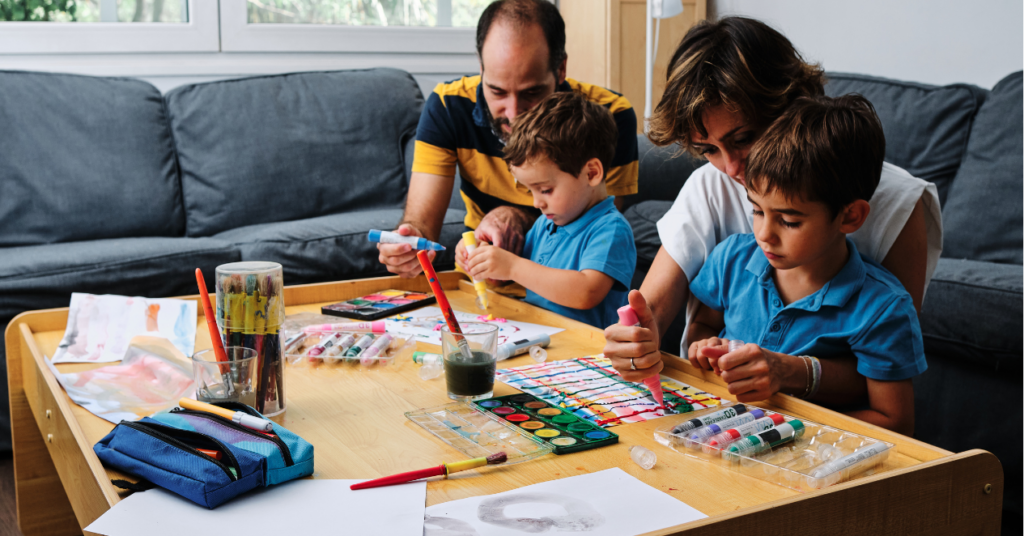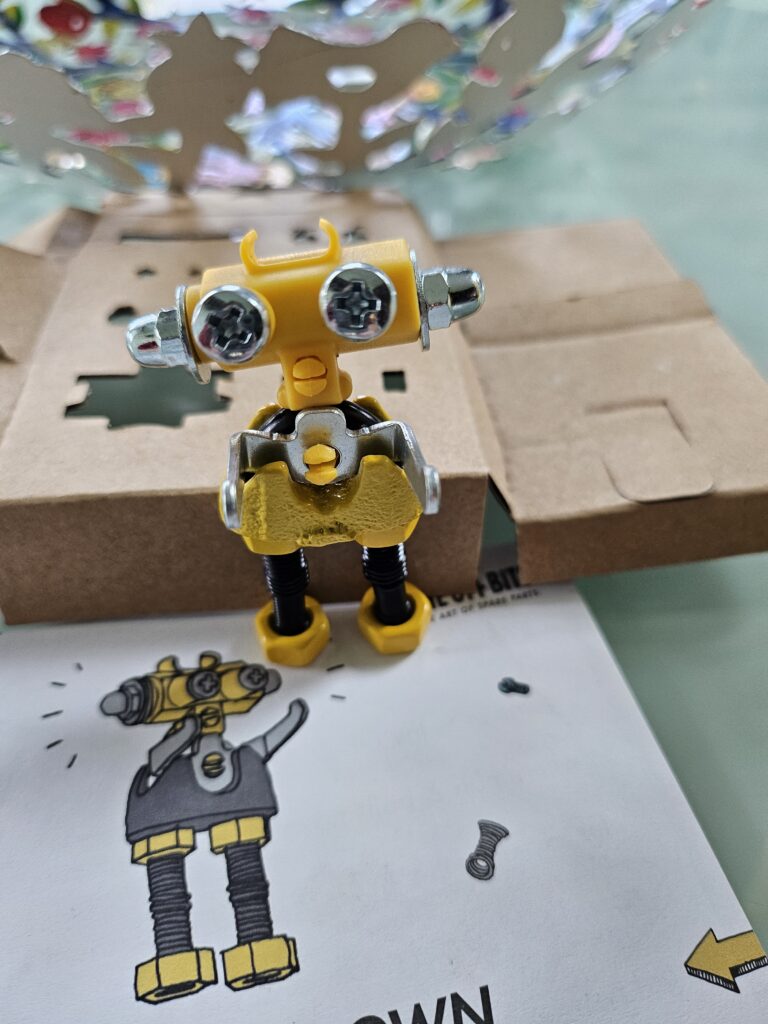Unlocking Emotions with Offbits: A Neurodivergent Journey

Once a week, I eagerly anticipate those precious 45 minutes that belong to us, or more accurately, to him. He’s a 10-year-old, carrying a few diagnoses with him, but they don’t define him. What really matters is his presence and what he brings along. “How was school?” I ask as he’s still wearing his school uniform. His response is a simple “I don’t want to talk about it.” Then, he quickly follows up with, “So, what are we doing today?”
A Neurodivergent Child’s Transformative Journey With The OffBits
I bring out a yellow suitcase and cross my fingers, hoping he’ll engage with the activity. He isn’t one to express himself openly, and verbal communication is a struggle, making it a challenge to connect with him on most days. He looks at the suitcase and casually remarks, “Looks like we have robots here.” I encourage him to open it, gently guiding him in the right direction. Before him unfolds the world of Offbits, a world that is familiar to me and foreign to him. The bags start to open, and the pieces spill onto the table. I mention that we can follow the instructions to assemble them or simply try to create something. I attempt to explain the names of the pieces – this is a nut, that’s a bolt, this is a flat screwdriver – but he waves it off with a nonchalant “Okay” and proceeds to attach a large nut to a small bolt. He questions why it’s not working, and I provide an answer. Any attempt I make to discuss anything beyond his daily routine is swiftly sidelined. He’s a neurodivergent child, and school is a tough challenge for him. He struggles to convey emotions like anger, sadness, disappointment, or fear, and even the positive aspects of life can be intimidating for him.
45 minutes – that’s the entire time for the Offbits pieces to be scattered on the table. I remain silent, content that he’s engaging, experimenting, disassembling, and wrestling with the task at hand. He mumbles, “Well, this is annoying,” and I glance at him, reminding him in three words that I can help. Then, I return to assembling my own creation. He persists. Internally, I smile because he’s determined, even when frustration sets in – a rarity in the therapy room, let alone at school. Despite the annoyance, he persists and solves it independently. I smile because he’s honing fine motor skills that will serve him well in a future where velcro shoes will no longer be in his size, and he’ll need to tie shoelaces – and he doesn’t resist motor work, as he doesn’t perceive it as such.
I signal 10 minutes before the end of the session, and when it’s time to wrap up, he hides the last creation he built in his hands and asks, “Guess what the robot is feeling.. Is it angry, sad, or confused?” I responded with “Confused.” And he turns his creation toward me and says, “Look, it’s angry.” I reply, “I see, it does look very angry,” I reply. As I reflect on this 10-year-old, his anger, and what transpired today, it becomes clear that, even without realizing it, he has told me that today he’s feeling angry.
In those 45 precious minutes, amid nuts, bolts, and robots, he shared a glimpse of his world, where even unspoken frustrations found their voice, serving as a powerful reminder of how patience and connection help a child unfold their unique story.




Share your thoughts with the community!
Please sign in, or sign up in order to leave a comment